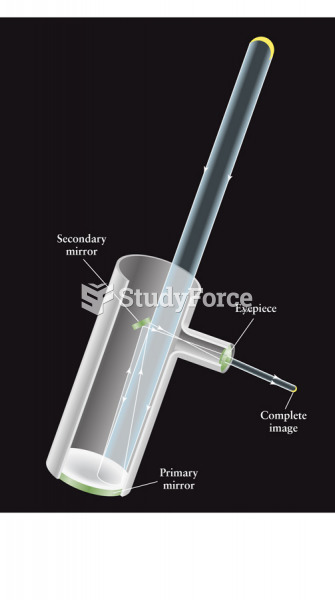Answer to Question 1
Industrialization brings sweeping changes to the system of production and distribution
of goods and services. Drawing on new forms of energy (such as steam, gasoline,
and electricity) and machine technology, factories proliferate as the primary means of
producing goods. Most workers engage in secondary sector productionthe
processing of raw materials (from the primary sector) into finished goods. For
example, steelworkers process metal ore; autoworkers then convert the ore into
automobiles, trucks, and buses.
In industrial economies, work becomes specialized and repetitive, activities become
bureaucratically organized, and workers primarily work with machines instead of with
one another. Mass production results in larger surpluses that benefit some people and
organizations but not others.
Goods and services become more unequally distributed because some people can
afford anything they want and others can afford very little. The typical characteristics
of industrial economies include the following: 1 . New forms of energy, mechanization,
and the growth of the factory system. 2 . Increased division of labor and specialization
among workers. 3 . Universal application of scientific methods to problem solving and
profit making. Scientific knowledge makes the assembly line and mass production
possible. 4 . Introduction of wage labor, time discipline, and workers' deferred
gratification. Workers are employees. As a result, workers are expected to engage in
deferred gratification, meaning that they are to toil diligently at work and wait until
they are on their own time before pursuing personal pleasures or recreational
activities. 5 . Strengthening of bureaucratic organizational structure. It is necessary to
implement and enforce rules, policies, and procedures, thus requiring the creation of a
well-defined, bureaucratic organizational structure. Ultimately, the goal is to make the
workplace more efficient and more profitable for owners and upper-level managers.
All of these characteristics contributed to the development of industrial economies,
greater productivity in the workplace, and a dramatic increase in consumption.
According to sociologist Thorstein Veblen, those who got wealthy from
industrialization often engaged in conspicuous consumption and conspicuous leisure.
Conspicuous consumption is the ostentatious display of symbols of wealth, such as
owning numerous mansions and expensive pieces of art, wearing extravagant jewelry
and clothing, or otherwise flaunting the trappings of great wealth. Conspicuous
consumption also occurs when rich people participate in wasteful and highly visible
leisure activities such as casino gambling or sporting events that require costly gear or
excessive travel expenses (such as going on a safari in Africa).
Answer to Question 2
False







